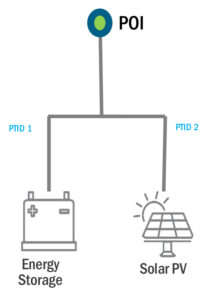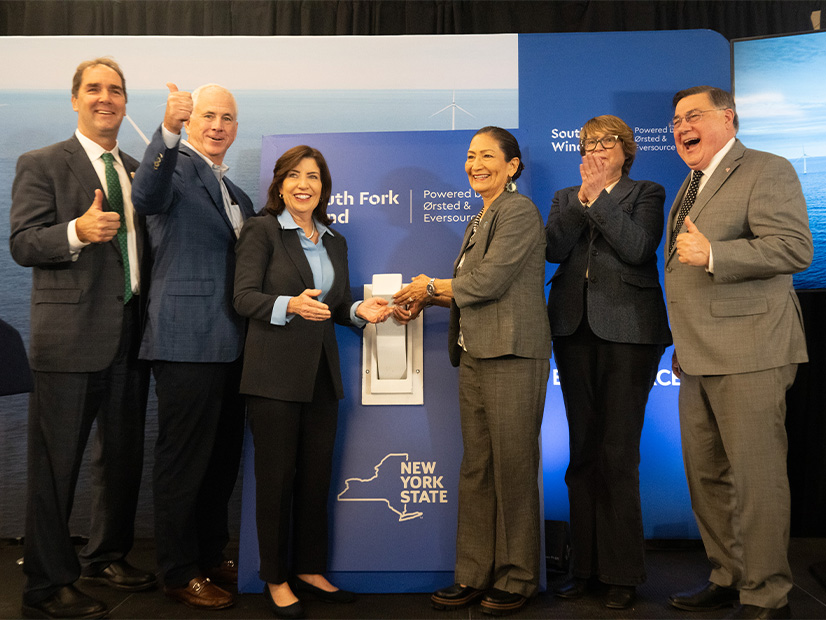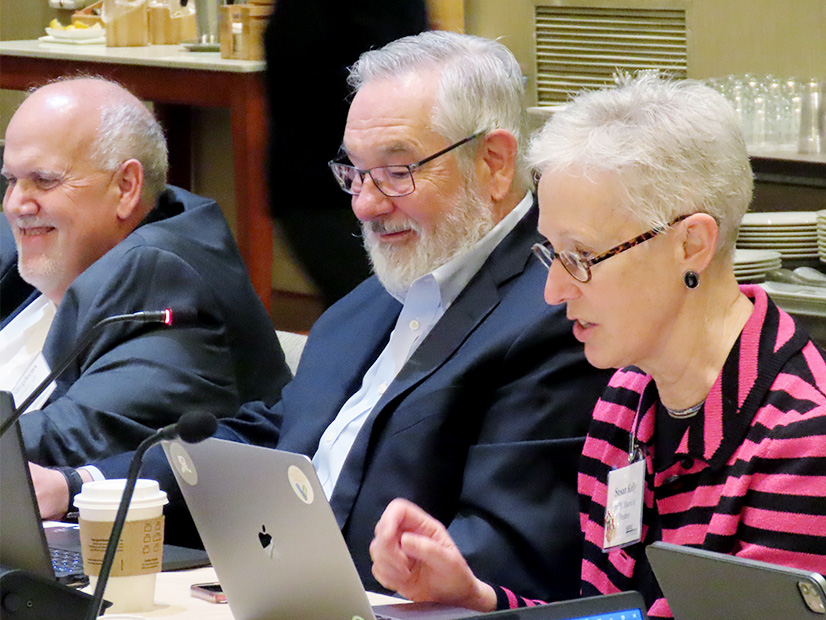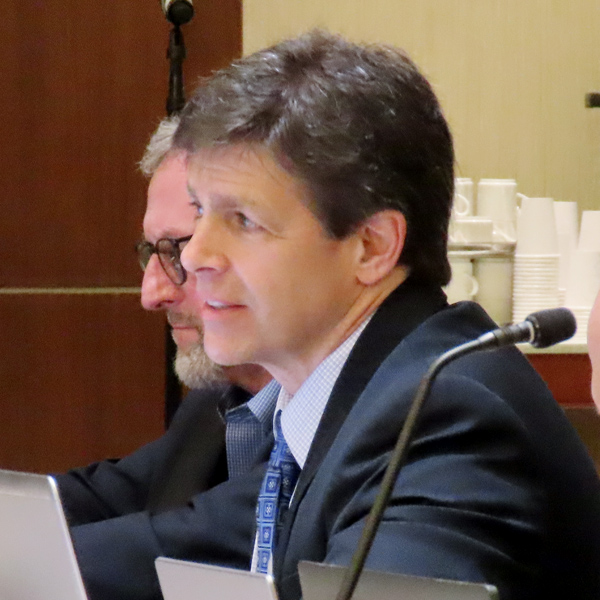The Viejas Band of Kumeyaay Indians could soon be powering their casino, resort and retail complex east of San Diego with a microgrid combining solar and long-duration storage, with the help of a $72.8 million loan guarantee from the Department of Energy’s Loan Programs Office (LPO).
Wahleah Johns, director of the DOE Office of Indian Energy, announced the LPO’s conditional commitment for the loan March 13 at the 2024 Reservation Economic Summit in Las Vegas. Currently under construction, the Viejas microgrid will combine 15 MW of solar with 38 MWh of long-duration, non-lithium storage and is the first loan the LPO has made under its long-dormant Tribal Energy Financing Program, Johns said in a video posted to LinkedIn.
Power from the microgrid will replace electricity the tribe buys from San Diego Gas & Electric, generated from natural gas, nuclear, coal and renewables, according to a DOE email to NetZero Insider. The solar will be installed on carport structures, and the storage system will include two types of long-duration batteries: 10 MWh of vanadium flow batteries provided by Invinity and 28 MWh of zinc-based batteries from Eos Energy. Both can provide up to 12 hours of power, according to the companies’ websites.
The project also received a $31 million grant from the California Energy Commission in 2022.
The California wildfires and resulting power outages of 2020 were the original impetus for the project, along with concerns about the fire hazards of lithium-ion batteries, according to a case study on Invinity’s website.
The tribe will purchase electricity from the project through a long-term power purchase agreement, according to the LPO announcement of the loan.
The Viejas microgrid “will allow the tribe to benefit from lower energy bills and use those savings [toward] investment by the tribe in infrastructure maintenance, operation of the fire department, tribal culture and education programs, and other tribal member services,” Johns said.
The project also represents a model of tribal collaboration, Johns said, with the developer, the 100% Indian-owned Indian Energy, partnering with the Turtle Mountain and Sault Ste. Marie bands of Chippewa Indians.
“It is incredible to see tribes investing in other tribes … and speaks to the energy sovereignty here,” she said.
Speaking at the summit, Kevin Carrizosa, a member of the Kumeyaay tribal council, similarly stressed the connection between energy independence and tribal sovereignty. The loan would provide “the necessary financial runway to launch not just our project but countless other tribal microgrids,” he said.
It also represents “truly tangible value that’s being provided by the U.S. federal government in support of Native America and our perseverance toward sovereignty,” said Allen Cadreau of Indian Energy. Sustainable energy projects like the microgrid “provide a means of maintaining our traditional way of life.”
The Tribal Energy Financing Program was first authorized in the Energy Policy Act of 1992 but was not funded by Congress until 2017, according to the loan announcement. DOE opened its first solicitations under the program in 2018 and has increased its outreach efforts to tribes, many of which have never applied for funding from federal programs, according to a department email. The Inflation Reduction Act increased the program’s loan authority from $2 billion to $20 billion.
A conditional commitment is the first step in LPO’s process for financing projects. According to the announcement, the Viejas microgrid will have to reach specific milestones and meet technical, legal and financial conditions before the loan is finalized.



